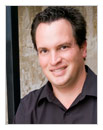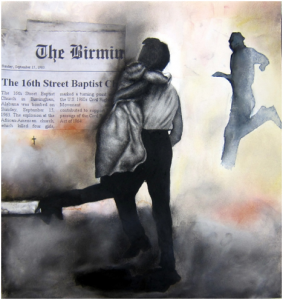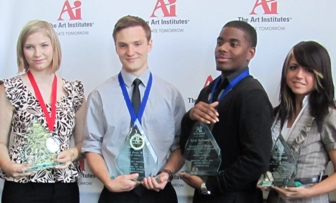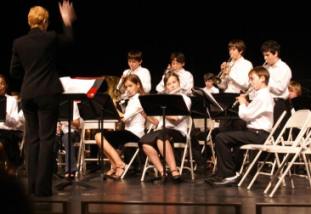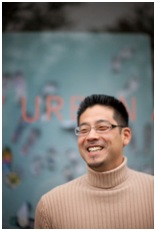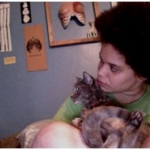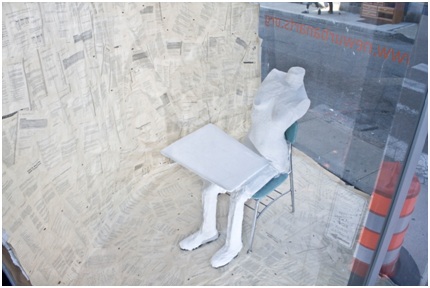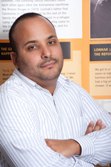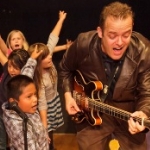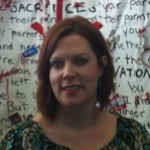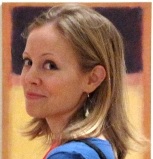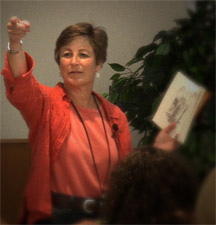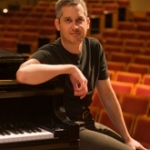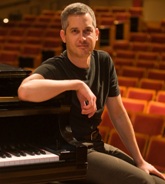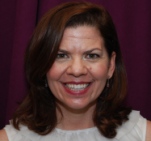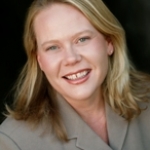
Joelle Lien
Robust Arts and Education Collaborations in Utah Point to a Bright Future
Posted by Jul 31, 2012

Joelle Lien
 Dr. Joelle Lien
Dr. Joelle Lien
Like in many other states, arts and education leaders in Utah are concerned that children in elementary schools are not receiving high-quality, regular instruction in the arts. As a result of these concerns, a unique and comprehensive set of arts education collaborations is taking shape in the state.
Due in large part to the visionary leadership and financial support of philanthropist Beverley Taylor Sorenson, partnerships between colleges of fine arts and colleges of education, as well as with the state office of education, school districts, and various arts organizations are thriving and growing at an amazing pace.
As a result of these collaborations, people whose paths may otherwise never have crossed are instead working closely together to ensure that Utah children receive an education that includes high-quality arts learning and art-making experiences.
Building Relationships
Faculty and administrators within and across universities throughout Utah are working together as never before, collaborating in planning, teaching, researching, community engagement, and advocacy. In March, deans of Utah’s colleges of fine arts and university arts educators met for a statewide “Arts Education Summit” to share successes at their respective institutions and to develop strategic goals for expanding and improving elementary arts education.
Out of that meeting came action items that included the development of a “wiki” for comparing arts education curricular requirements across universities, as well as a plan to expand the reach of the summit to include stakeholders in colleges of education. Then, in July, deans of colleges of fine arts and education met to discuss topics based the President’s Committee on the Arts and Humanities' Reinvesting in Arts Education: Winning America’s Future Through Creative Schools report.
Topics of discussion included how university arts and education programs can: build collaborations, expand teaching opportunities for the arts in K-12 schools, influence policymakers to reinforce the place of the arts in schools, widen our research focus to include evidence gathering on K-12 arts education, and prepare pre-service teachers to provide high-quality arts instruction in their future classrooms.
Read More


